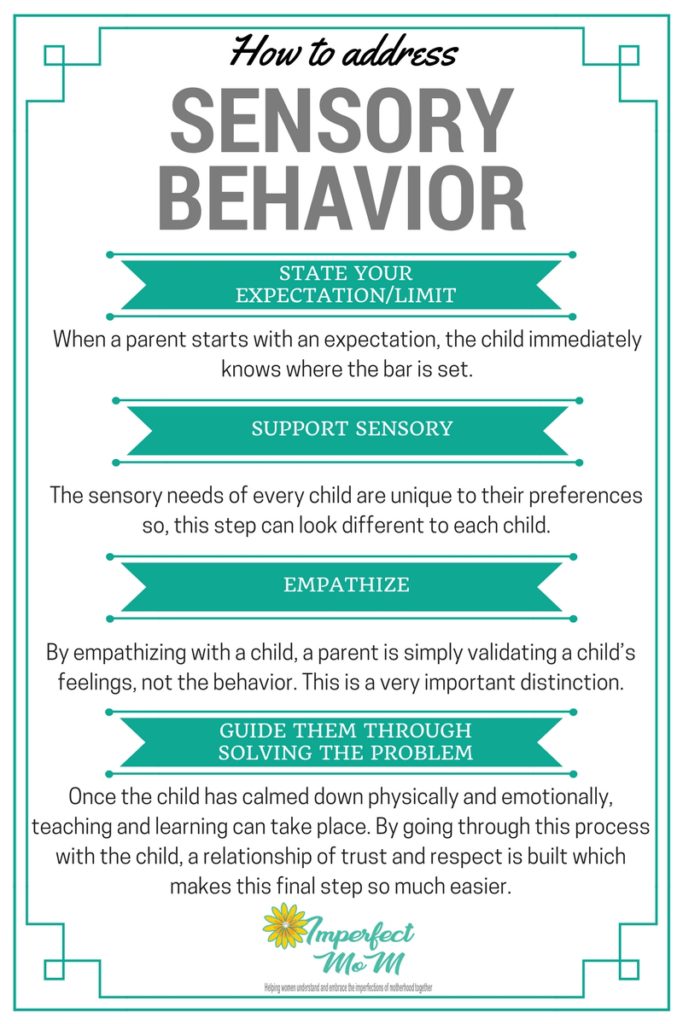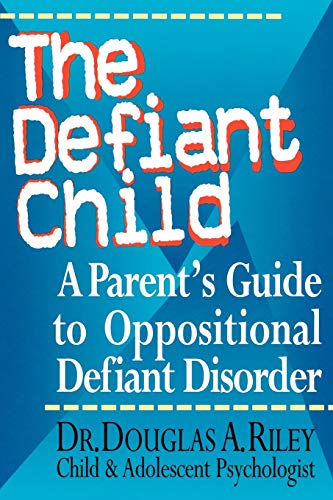How to Address Tantrums When Nothing Seems to Work
A mom who I deem as incredibly consistent, patient, and who seems to have parenting down perfectly asked me, “How do I address tantrums for my kid who has 45 minute long tantrums, and why do hers seem more extreme than others’?”
It’s not uncommon for me to hear that question in one form or another. I’m used to it by now, because people know I love finding the root of tantrums. For others though, it’s almost taboo.
“What? You can’t control your kid? You can’t stop their tantrums? What kind of mom are you?!”
While not always directly stated, those are the kinds of judgment statements we all want to avoid, so we simply don’t talk about those crazy uncontrollable tantrums.
As I sat in this group openly discussing tantrums, one mom admitted, “Before I had kids, I was a great mom….now I’m not so sure.”
Isn’t that the truth? We all have this perfect idea of parenting, but what happens to destroy it?

Behavior (In Theory)
Before having kids, or even as new moms, we are all taught that behavior is a response to the situation that preceded the tantrum.
So, if a child wanted a pink cup and received a purple one at dinner time and throws a fit about it, we assume the fit happened because she wanted the pink cup. Simple.
That should be easy to manage.
Not all behavior is that simple.
No More Meltdowns: Positive Strategies for Managing and Preventing Out-Of-Control Behavior Parenting a Child Who Has Intense Emotions: Dialectical Behavior Therapy Skills to Help Your Child Regulate Emotional Outbursts and Aggressive Behaviors
Parenting a Child Who Has Intense Emotions: Dialectical Behavior Therapy Skills to Help Your Child Regulate Emotional Outbursts and Aggressive Behaviors Your Defiant Child: Eight Steps to Better Behavior
Your Defiant Child: Eight Steps to Better Behavior The Highly Sensitive Child: Helping Our Children Thrive When The World Overwhelms Them
The Highly Sensitive Child: Helping Our Children Thrive When The World Overwhelms Them
When even the best parenting skills seem to be completely ineffective in changing behavior, there is clearly more to the situation.
Behavior (In Reality)
According to the ABA (Applied Behavior Analysis) there are 4 functions of behavior.
Those are;
- Attention
- Access to a desired item or activity
- Escape/avoidance of an activity
- Sensory
We are taught to look at a situation, see what happened before the behavior, and adjust the consequence according to what the perceived function was.
Typically that happens by starving the negative call for attention, not giving in to inappropriate behavior, and punishing or delivering consistent consequences.
Our behavior model looks something like this
Trigger (function of behavior) ⇢ behavior ⇢ consequence
Here’s the fatal flaw.
Those functions aren’t mutually exclusive, and ONE of those can affect all the others negatively.
I like to think of behavior as happening like this:
Sensory ⇢ Trigger ⇢ Behavior ⇢
When behavior is driven by an imbalance in the sensory system, if only the trigger is addressed, the behavior will continue to occur.
The Explosive Child The Kazdin Method for Parenting the Defiant Child
The Kazdin Method for Parenting the Defiant Child The Survival Guide for Kids With Behavior Challenges: How to Make Good Choices and Stay Out of Trouble
The Survival Guide for Kids With Behavior Challenges: How to Make Good Choices and Stay Out of Trouble The Defiant Child: A Parent’s Guide to Oppositional Defiant Disorder
The Defiant Child: A Parent’s Guide to Oppositional Defiant Disorder
So, the kid who throws tantrums no matter which parenting tactic is used, is likely needing the sensory aspect addressed.
HOW TO ADDRESS SENSORY BEHAVIOR

Because sensory is the inner most layer, it has to be addressed first. After that is addressed, the other aspects can be addressed as well.
I use the following model to address sensory rooted behavior:
1. State Expectation/Limit
This first step is the key that helps a parent avoid fueling other functions of behavior while still addressing the sensory aspect.
When a parent starts with an expectation, the child immediately knows where the bar is set.
Short, simple, direct statements such as the following are examples of stating expectations:
“In our house we share toys” or, “Your sister is playing with the toy, we will not take it away.”
This statement may cause a few more tears, but helps to solidify the expectation for the child before anything else happens.
When making these statements, it is important not to place blame or shame at this point.
Avoid starting out with words such as “you should” or “you shouldn’t.”
Stick with stating the house rule, rather than placing blame.
2. Support Sensory
In any tantrum situation the goal is to teach a child how to function without throwing fits all the time.
We all want a well-rounded respectful child, right?
Before this kind of learning can take place, the child’s emotions have to be regulated.
So, to create a space for learning to take place, the sensory system needs to be supported.
The sensory needs of every child are unique to their preferences so, this step can look different to each kid.
Some of the most powerful forms of regulation are to offer (never force):
- Cool down spot
- Bear hug (this is done to calm the sensory system, be careful to not fuel the need for attention during this time by sympathizing or giving in to the trigger)
- Hold child and rock slightly together (same concept as a bear hug
3. Empathize
Once sensory is being supported, the emotions of the situation can be tamed quickly with a little empathy.
By empathizing with a child, a parent is simply validating a child’s feelings, not the behavior.
This is a very important distinction.
The purpose of this step is to bring the child down emotionally and to a place of more logic and reasoning so learning can take place.
If a child feels like his/her needs are not being met and nobody understands, the typical response is to escalate the tantrum until someone does understand.
By providing empathy, the tantrum can be shortened so reasoning can take place.
Phrases such as the following are great starters (again, validate the emotion, not the action):
- “I see that your body is upset”
- “I understand you want that toy”
- “I hear you say that you feel this isn’t fair”
4. When Regulation Happens, Guide Your Child Through Solving the Problem
Once the child has calmed down physically and emotionally, teaching and learning can take place.
By going through this process with the child, a relationship of trust and respect is built which makes this final step so much easier.
By this time the child knows the expectation, knows he/she is being heard and supported, but will not get his/her way, open communication can happen.
Now that the sensory system is supported, a parent can ask guiding questions to help the child solve the problem that triggered this behavior.
This is ONLY effective because the sensory need has been met and will allow for learning to actually occur.
The situation can be approached by stating the event, the expectation, and asking questions.
This can look like:
- “Your sister has the toy truck right now, we know we can’t just take it away from her, your body is upset because you want it, what can we do?”
- “You have a purple cup, the pink cup is in the dishwasher, what could we do?”
By taking a child through this process a parent is able to clearly set and maintain boundaries, teach important problem solving skills, and support the underlying issue all at the same time.
While the process seems lengthy, trust me when I say it is much shorter than the daily 45 minute tantrums that arise when the sensory needs aren’t met.
So, for all the parents whose child seems immune to any other parenting strategy, give this a try. The only thing you have to lose are a few meltdowns!
To learn more about supporting your child’s emotional needs:
No More Meltdowns: Positive Strategies for Managing and Preventing Out-Of-Control Behavior Parenting a Child Who Has Intense Emotions: Dialectical Behavior Therapy Skills to Help Your Child Regulate Emotional Outbursts and Aggressive Behaviors
Parenting a Child Who Has Intense Emotions: Dialectical Behavior Therapy Skills to Help Your Child Regulate Emotional Outbursts and Aggressive Behaviors Your Defiant Child: Eight Steps to Better Behavior
Your Defiant Child: Eight Steps to Better Behavior The Highly Sensitive Child: Helping Our Children Thrive When The World Overwhelms Them
The Highly Sensitive Child: Helping Our Children Thrive When The World Overwhelms Them
About the Guest Author
This post originally appeared on WendyBertagnole.com and is reprinted with permission.
With an undergraduate degree in child development, and a master’s degree in special education, this foundation was a springboard for Wendy in helping kids and families to see the root of any challenges they face.








